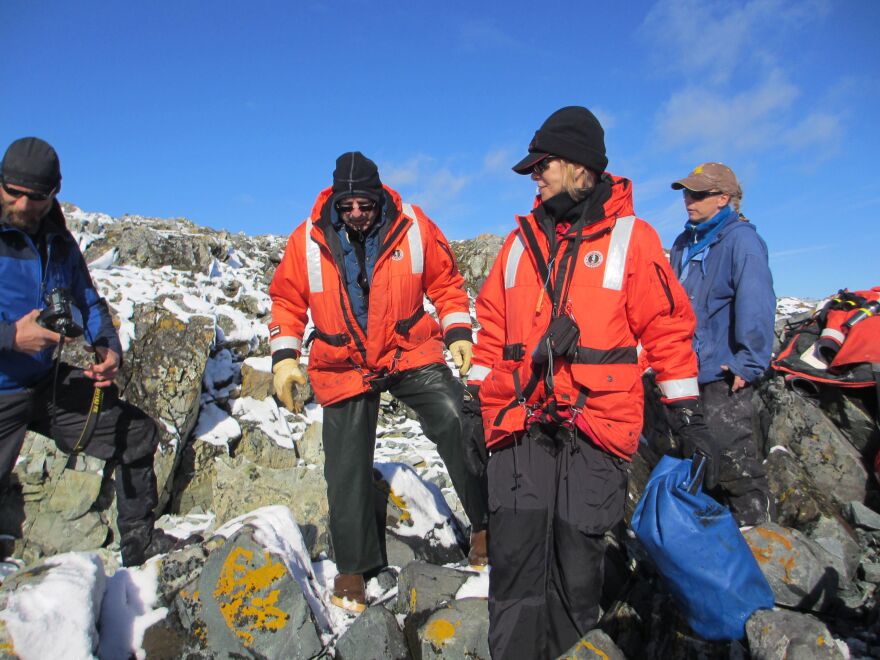With no permanent residents, Antarctica is often a forgotten place. But not for Colorado State University soil ecologist Diana Wall. She's been a keen observer of one of the smallest animals now struggling to live in a place that鈥檚 still cold鈥攂ut is beginning to warm.
The cold, dry, and salty soil in Antarctica is a tough place for most species to live. But it鈥檚 the ideal home for the microscopic roundworms, or nematodes, that has been .
Wall has found that one particular species, Scottnema lindsayae, is responsible for about 5-7% of soil carbon turnover.
鈥淚t sounds low,鈥� says Wall, 鈥渂ut it鈥檚 actually pretty high for a single species.鈥�
Adapted to thrive in the dry Antarctic deserts, these roundworms have not fared well as recent warming has melted ice. Over the last 15 years, Wall says she鈥檚 seen a 65% decline in the worms.
鈥淭o have a single species decline by that much over a period of time is very important because it鈥檚 the most dominant species in the dry valleys,鈥� says Wall.
http://youtu.be/u_vhQ31B4rw
In the July 13th issue of Science Magazine, Wall and other researchers banded together to of Antarctica, in large part because of these kinds of climate impacts. But they are worried that the 1959 , which prohibits things like mineral mining, is also under threat.
鈥淥ne of our concerns is that as the human population keeps growing that in the next 50 years, as demands for resources such as gas and oil are needed, that there will be a demand on the Antarctic continent that will dissolve some of these Antarctic Treaty regulations,鈥� says Wall.
These kinds of protections won鈥檛 just be for the sake of Antarctica, either.
鈥淜ind of messing with that continent, it also means we鈥檙e messing with the rest of the world,鈥� says Wall.
Dr. Diana Wall is a professor of biology and director of the at Colorado State University. Just this month, she was awarded the from the .
Video courtesy of Soil Ecology Team.





